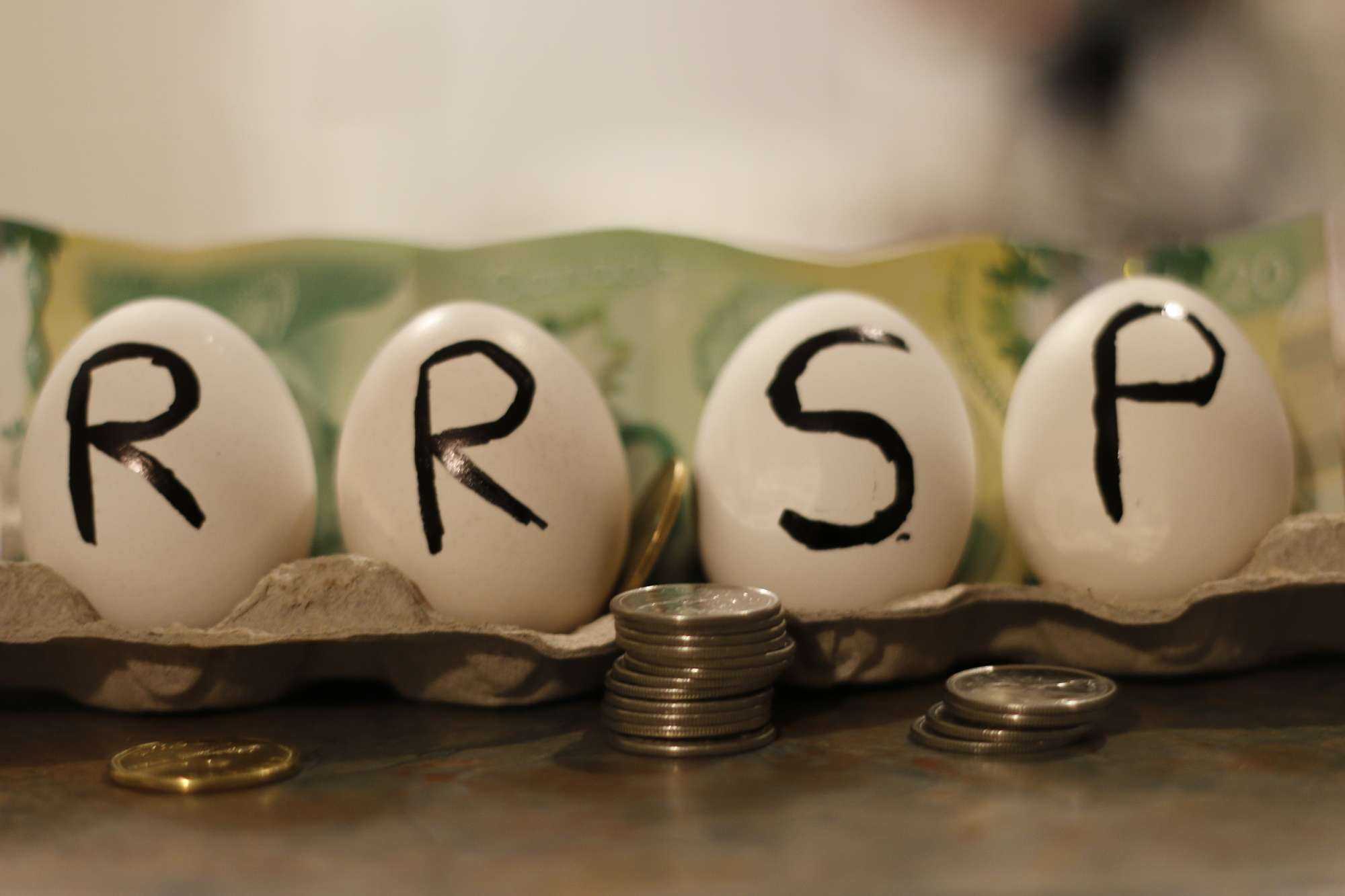BY ANDREW STEWART
This list of building blocks is my attempt to help answer a simple question: “How can you become a homeowner faster” This concept is to help in time for the upcoming 2021 RRSP season. If you are between the ages of 25-35 this strategy gives you great potential not only for the near future of homeownership but also further retirement savings down the road. If you are older and have money saved in an RRSP, this concept will interest you as well.
Becoming a homeowner is a goal for many Canadians. We feel more comfortable and accomplished when this milestone happens to us. Not only do we create financial strength, but it also provides stability for our families. When planning to save for a down payment and utilizing government financial programs, we want to be aware of five advantages we can use to our benefit. First, let’s quickly review what the HBP is. The Home Buyers’ Plan (HBP) is a federal government program that helps first-time homebuyers by allowing them to withdraw up to $35,000 from their Registered Retirement Savings Plan (RRSP) without having to pay taxes, as long as the funds are redeposited over a maximum period of fifteen years.
The RRSP & HBP loan allows us to take advantage of the Home Buyers’ Plan (HBP) even if you currently have little or no savings in a Registered Retirement Savings Plan (RRSP). The five advantages I referred to earlier that this concept provides are:
No change to budget in the short term
A simple and low-cost solution
No processing fees, no credit checks
Turn unused RRSP contribution room into substantial tax savings
The tax refund can be used to increase your down payment or to pay for related moving or legal expenses
Let’s do another quick review of the criteria to qualify for the HBP. You must be a Canadian resident. You will also need to be a first-time buyer. If you already own a home, you are not eligible for the Home Buyers Plan. If you have already participated in the Home Buyers Plan in the past, you need to have a zero balance on your Home Buyers Plan account before participating for the second time. You must have a written agreement to buy or build a qualifying home for yourself.
Okay! now the fun part, how does the RRSP-HBP loan work? Timing is everything! So, let’s go through the four steps that make up the RRSP-HBP Loan process: contribution, withdraw, benefits and repayment.
Contribution:
Open an RRSP with an advisor if one is not already held
Take out an RRSP Loan (maximum $35,000)
Deposit the amount in an RRSP for 90 days (To quality for the HBP, an amount borrowed for an RRSP contribution must remain in an RRSP for a minimum of 90 days. Otherwise, it will not be tax-deductible)
Withdraw:
When the 90 days are up, withdraw the borrowed amount from the RRSP under the HBP and reimburse the loan. During this period, you pay interest on your loan for which you will get a tax receipt to confirm your participation in the HBP.
Benefits:
At your next income tax filing, deduct the contribution amount indicated on the receipt and receive a tax refund.
This should allow you to claim a tax refund, providing you with additional funds for your entire down payment or to boost it. You can also put this refund to other uses.
Repayment:
Reimburse at least one-fifteenth of the amount withdrawn from HBP–RRSP loan over fifteen years. If you do not reimburse the designated amount each year, you must declare it in your income, which will increase the taxes you owe.
Not only can this strategy help to finance your first home purchase by increasing your tax refund, but it can also lead to other advantageous financial benefits:
Thanks to the RRSP deduction, potentially increased tax credits during the following year, such as the Canada Child Benefit:
An increased down payment can reduce the mortgage loan insurance premium, or even eliminate it if the down payment reaches 20% of the property purchase price.
For more information about the HBP–RRSP loan or to apply for the Home Buyers’ Plan, consult your financial services partner.

